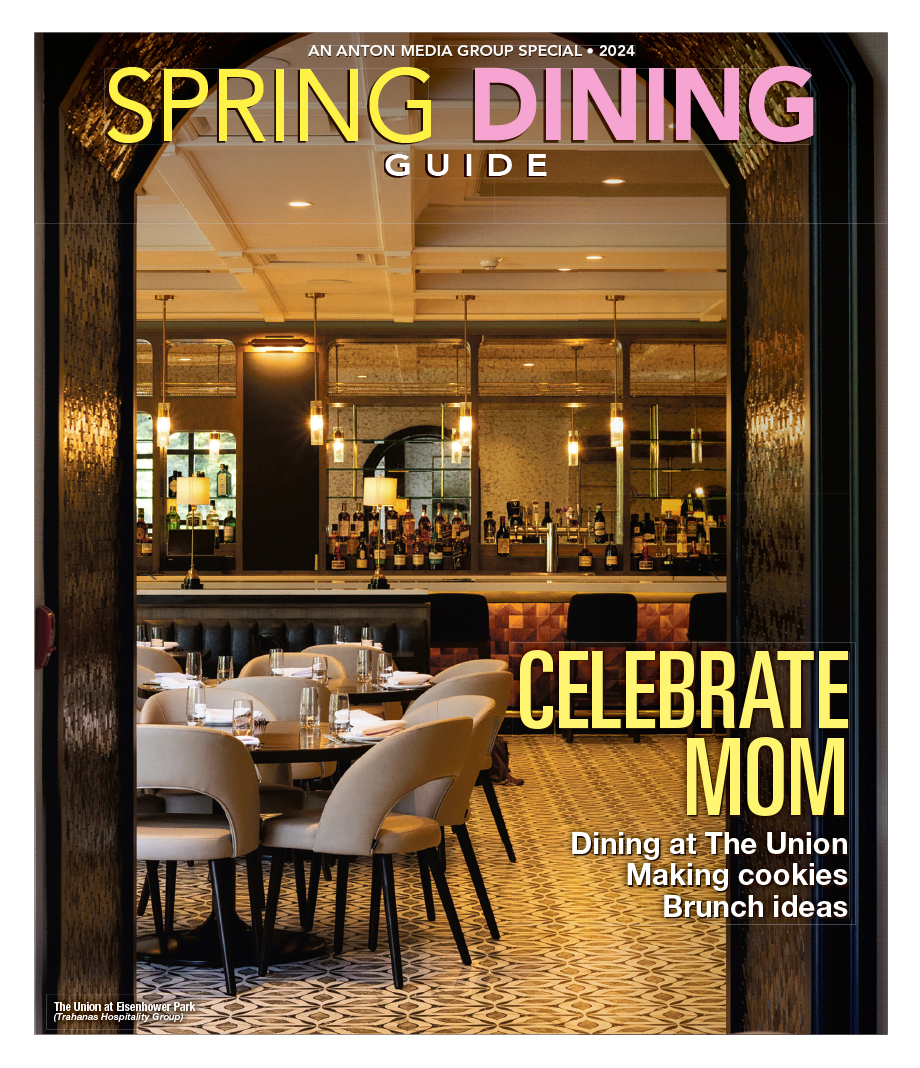Tips on being owl-friendly
Flaco, the Eurasian eagle-owl who spent a year of freedom in Central Park after someone released him from his enclosure at the Central Park Zoo, died last month in a collision with a building. This bird, born and raised in captivity, unexpectedly capable of caring for himself in the wider world, became something of a celebrity. In the final months of his life he began to venture farther afield, peering in windows and exploring a sculpture garden on the lower East Side. One of these forays led to his demise.
As we have previously reported, tall buildings with reflective surfaces are dangerous for birds, who don’t see the world the same way we do. Flaco’s death brought additional scrutiny to the issue of building standards for windows that reduce the likelihood of bird collisions and deaths. New York City itself set tough standards in 2019; a bill in the New York Legislature to require more bird-friendly design in buildings statewide was renamed the FLACO Act on February 26, the Monday after Flaco’s death.
Owls hold a particular fascination for people. Their unique features, including large, forward-facing eyes, and the fact that the majority of species are nocturnal all give owls their mysterious, almost mystical reputation. In the past, these silent predators have been omens of death, companions of witches, and infinitely wise. Their call was even said to ward off evil.
According to the International Owl Center, there are established guidelines for observing owls. It’s important to give owls space. Owls, like most wild animals, do not like being around people. They recognize humans as a source of danger and will become stressed if you are too close or linger.
Another important point is not trying to feed them. This practice, called “baiting,” leads to owls associating people with food, and actually puts them in greater danger. Owls do not need help finding or securing food.
Do not use artificial light. Owls’ night vision is impacted by artificial light and it will affect their ability to fly. Arrive at your observation site early if you can, and keep flashlights and phones off.
As much as you might love your dog, leave them at home if you want to see owls. The presence of a dog is likely to scare them off, and if they do stay put, it will certainly cause the owls stress.
Move slowly and keep your voice down. Fast movements and noises can stress owls, especially during the day when they are trying to sleep. If you want to observe or photograph owls, move slowly and keep quiet to avoid scaring them.
Owls are often more tolerant of vehicles than people, so you can use your car as
a blind when it is
safe to do so. Be
sure to park in a safe place and turn your engine off.
Do not use drones to observe owls, as they will perceive the drone as an intruder, especially around a nest. Owls have attacked drones for coming too close, which can hurt the owl and damage the drone.
Do not use owl calls to draw owls to you. This is useful for research purposes but overuse can stress owls. They are expending their energy to investigate the call, using resources that could have gone towards survival and reproduction.
There are a number of threats to owls besides windows. A major problem is a loss of roosting and nesting sites. Many species of owls in our area prefer dead trees. Humans think of dead trees as unsightly and dangerous, so they are usually removed. Whenever possible, leave dead trees standing. If you have to cut down or severely prune a dead tree, wait until early winter to avoid displacing, injuring or killing owls and other animals nesting in its cavities.
Rodenticides are a common threat for wild animals, especially owls. Poisoned mice and rats do not die right away, and impaired rodents are easier to kill than health ones. Owls accumulate this poison in their bodies and feed it to their young. Rather than using poison to manage vermin populations, create a rodent-hostile environment by keeping food and garbage secure. This will allow the owls to be a healthy partner in pest control.
Another way to help owls is to not litter. While this may seem strange, littering attracts rodents, which in turn attracts owls. Owls who hunt for the mice munching on your discarded garbage by the roadside are more likely to get struck by a vehicle.
Take down netting and cover cavities in your home. Owls often get tangled in nets and die before they can be rescued. Even if they are found, struggling in the net results in injuries. Cavities in your home, such as chimneys and bathroom vents, look like attractive places to nest to small owls. The birds become trapped and die because they can’t escape.
While Flaco was not a native bird, his bid for freedom captured the imaginations of people all over the world. He got to live his final year as he was meant to, by wing and by talon. He will be missed.

Menu
TRENDING
Just Getting Started
Kevin James Thornton’s super second act
By Amanda Olsen • May 10, 2024
THIS WEEK'S
SPECIAL SECTIONS

UPCOMING EVENTS
- No events




